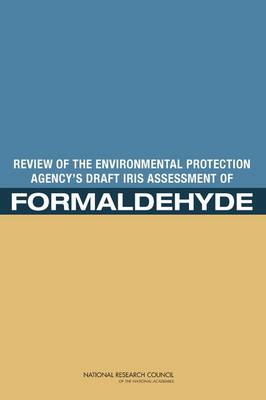Formaldehyde is ubiquitous in indoor and outdoor air, and everyone is exposed to formaldehyde at some concentration daily. Formaldehyde is used to produce a wide array of products, particularly building materials; it is emitted from many sources, including power plants, cars, gas and wood stoves, and cigarettes; it is a natural product in come foods; and it is naturally present in the human body as a metabolic intermediate. Much research has been conducted on the health effects of exposure to formaldehyde, including effects on the upper airway, where formaldehyde is deposited when inhaled, and effects on tissues distant from the site of initial contact. The U.S. Environmental Protection Agency (EPA) released noncancer and cancer assessments of formaldehyde for its Intergated Risk Information System (IRIS) in 1990 and 1991, respectively. The agency began reassessing formaldehyde in 1998 and released a draft IRIS assessment in June 2010. Given the complexity of the issues and the knowledge that the assessment will be used as the basis of regulatory decisions, EPA asked the National Research Council (NRC) to conduct an independent scientific review of the draft IRIS assessment.
In this report, the Committee to Review EPA's Draft IRIS Assessment of Formaldehyde first addresses some general issues associated with the draft IRIS assessment. The committee next focuses on questions concerning specific aspects of the draft assessment, including derivation of the reference concentrations and the cancer unit risk estimates for formaldehyde. The committee closes with recommendations for improving the IRIS assessment of formaldehyde and provides some general comments on the IRIS development process.
- ISBN10 030921193X
- ISBN13 9780309211932
- Publish Date 1 July 2011
- Publish Status Active
- Publish Country US
- Imprint National Academies Press
- Format Paperback
- Pages 194
- Language English
